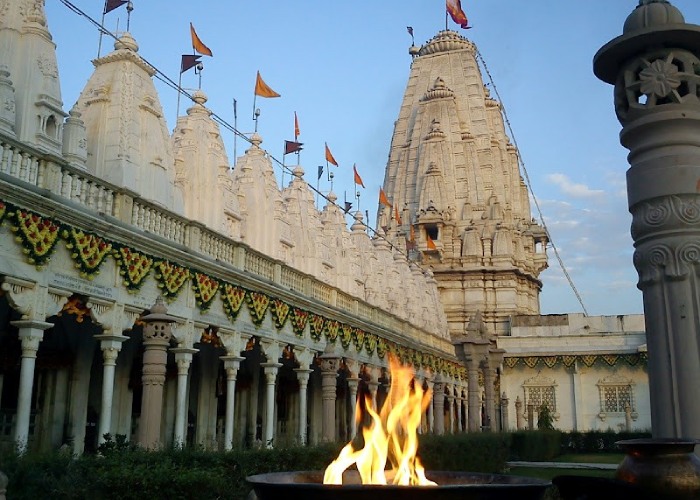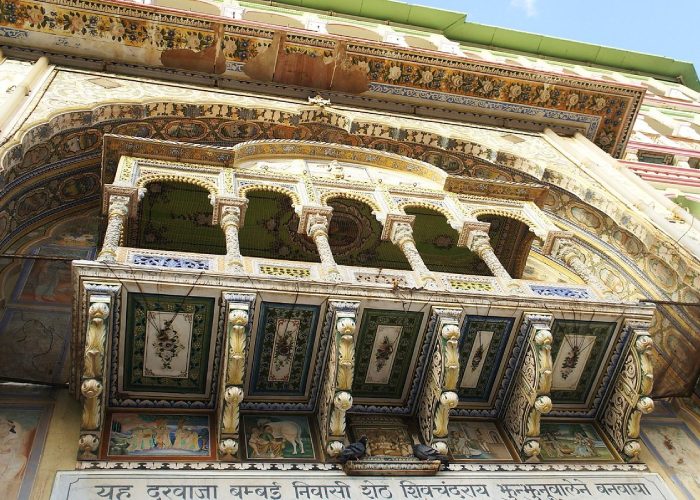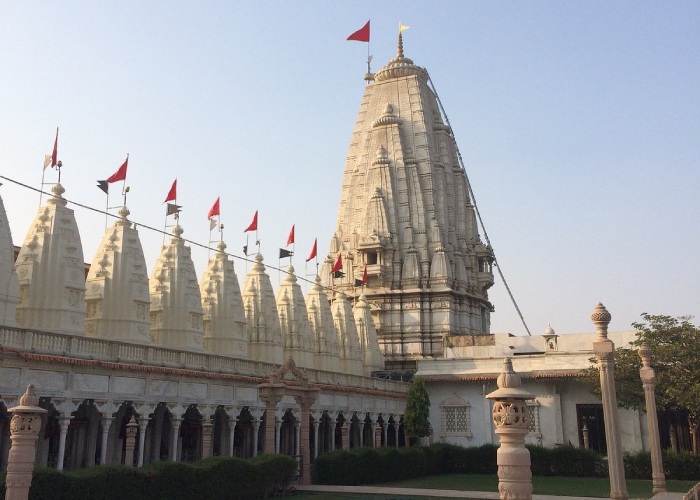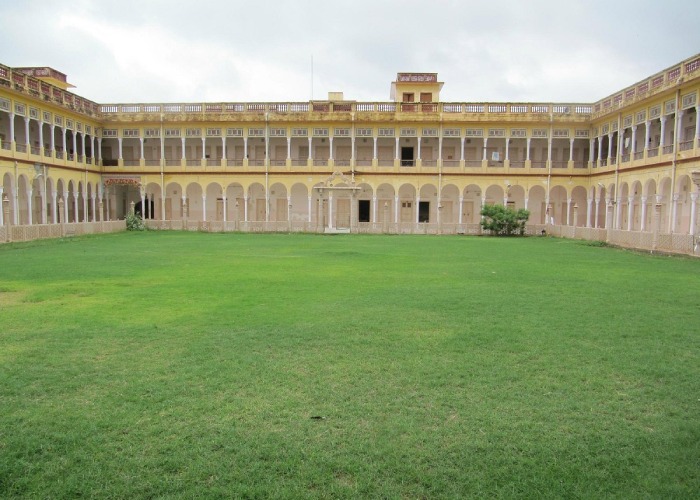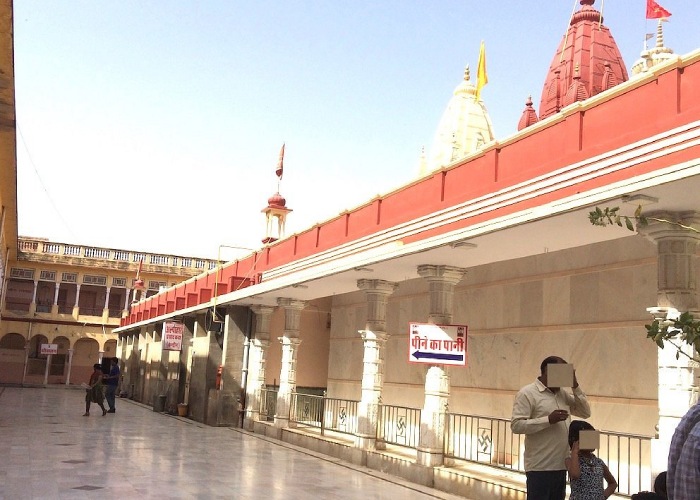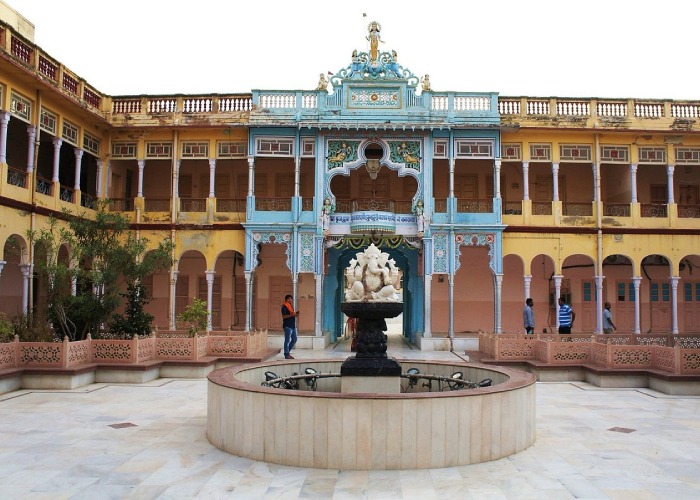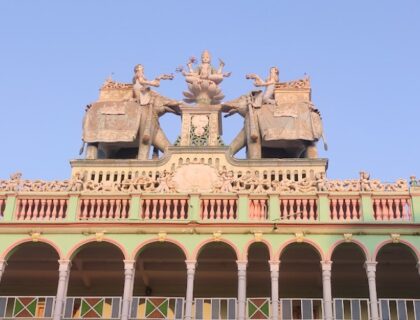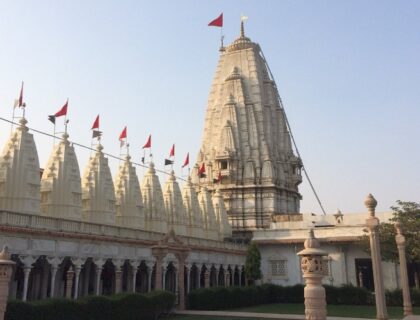Rani Sati Temple Jhunjhunu
Rani Sati Temple also known as Dadi Maa Temple is a Hindu temple dedicated to Devi Sati located in Jhunjhunu district, Rajasthan, India. It is India’s largest temple dedicated to Rani Sati, a Rajasthani lady who lived between the 13th and 17th centuries and committed sati (self-immolation) after her husband died. Several temples in Rajasthan and elsewhere are dedicated to her worship and commemoration of her deeds. Rani Sati is also known as Narayani Devi and Dadiji (grandmother).
It is one of the country’s first pilgrimages. This imposing historic masterpiece is unrivalled in its appeal and a feast for the eyes. Rani Sati Temple is one of India’s few temples dedicated to a specific person rather than a deity. The temple is located on the hills of Jhunjhunu and offers a panoramic view of the entire city, adding to its allure.
The Story Behind Rani Sati Temple
Rani Sati Dadi is related to the Mahabharata. Utera was Abhimanyu’s wife. When Abhimanyu died in the Mahabharata battle, Utera wanted to be sati by throwing her body into Abhimanyu’s funeral fire. Shri Krishna appeared to her and advised her not to do so. He also granted her a boon that her wish to become sati would be granted only in the next birth.

In her previous life, she was Narayani, the daughter of Gursamal from the Rajasthan village of Thukaye. In his second life, Abhimanyu assumed the identity of Thandhan, son of Jaliram, at Hissar. Thandhan has a lovely horse that he uses for his purpose. Thandhan married Narayani and lived a happy life. One of the king’s sons from Hissar wished to take Thandhan’s beautiful horse, but Thandhan refused to give it up.
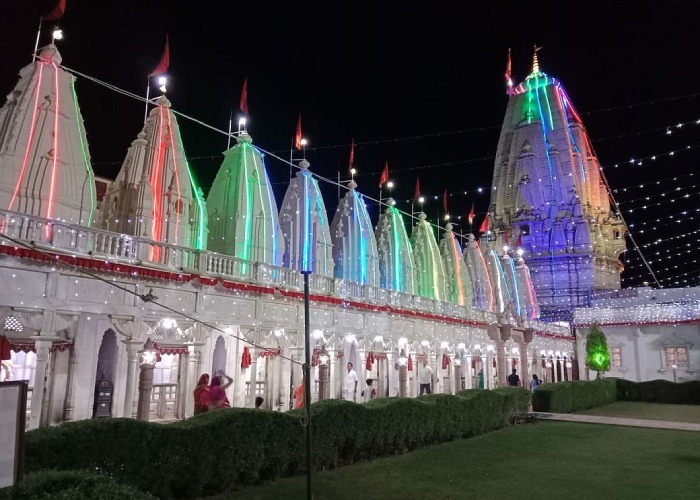
Finally, the king’s son decided to take the horse by force and fight Thandhan. Thandhan assassinated the king’s son. After learning of his son’s death, King decided to assassinate Thandhan. Thandhan died in battle in front of Narayani while fighting with the king. Narayani fought against the king and killed him. She directed Ranaji, the horse’s caretaker, to make proper arrangements so that she could join her husband in the fire.
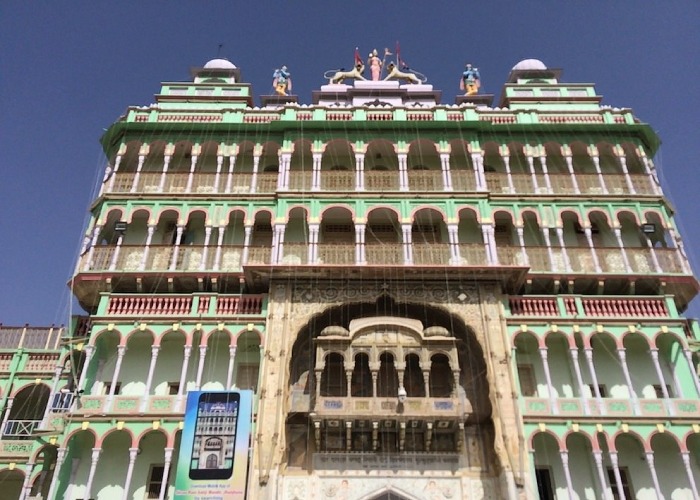
She blessed Ranaji that his name would be worshipped as Rana Sati with her name, and she has been known as Rani Sati ever since. Rani Sati Dadi’s blessing is extremely powerful. The memorial temple now marks the site of her sacrifice. She is now the family deity of the Agrawal Marwaris (Tulsyans, Jalans, and Jhunjhunwalas) from the town.
History of Rani Sati Temple
The exact lifetime of Rani Sati is unknown, but the Temple devoted to her is said to be around 400 years old and is known for not containing any paintings or statues of gods. Rani Sati is represented by a trishula or trident.

When we look at the history of Rani Sati Temple Jhunjhunu, we can go back about 400 years. The presiding deity of the temple, according to evidence and legends found in the temple, is Rani Sati, a Rajasthani female queen. The temple was first dedicated in 1912 as a collection of simple memorial mounds. Construction of a larger complex began in 1917, funded by donations from the Agarwal community’s Jalan clan, and was completed in 1936.
Architecture of Rani Sati Temple
The temples have two courtyards with 300 rooms that pilgrims can stay in. Before the inner sanctum, the main hall is made of marble with elaborate silver repoussé work. A tile-and-mirror mosaic covers the ceiling, and a frieze on one wall tells the story of Rani Sati.
The Rani Sati Temple in Jhunjhunu is managed by the Marwari Temple Board from Kolkata and is one of India’s wealthiest temple trusts after the Tirupati Balaji Temple. This temple has a history of over 400 years and is a symbol of feminine bravery and spirit that draws the attention of all devotees and tourists.
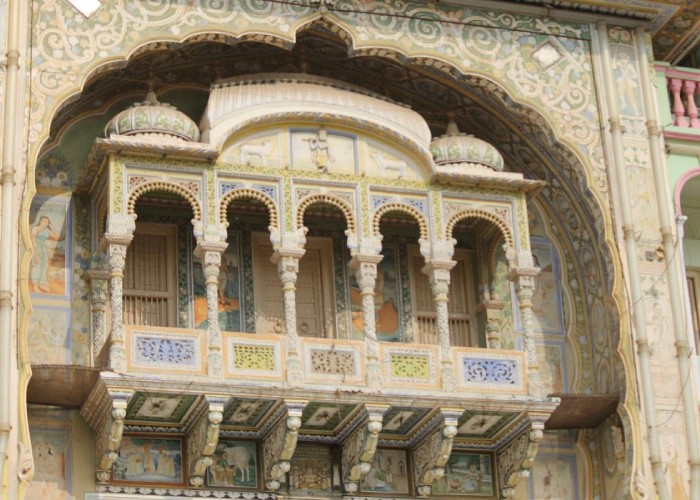
Rani Sati Dadiji’s portrait is displayed in the Pradhan Mandap. The temple is made of white marble and has vibrant wall paintings. There are also Lord Hanuman Temple, Sita Temple, Thakur Ji Temple, Lord Ganesha Temple, and Shiva Temple within the Rani Sati Temple complex. A massive statue of Lord Shiva stands in the centre of the complex, surrounded by green gardens.
Facts about Rani Sati Temple
- The temple is located in the city centre and from the outside appears to be a Royal Palace; the entire temple is made of marble and is dedicated to Rani Sati Ji.
- The 400-year-old temple is a symbol of respect, feeling, and women’s power. Rani Sati Temple is also one of India’s wealthiest temples.
- There are numerous temples on the premises dedicated to Lord Shiva, Ganeshji, Mata Sita, and Lord Hanuman, as well as a large statue of Lord Shiva in the centre of the garden.
- Rani Sati, also known as Narayana Devi or Dadiji, had a long history in Mahabharat times.
- The interiors of the temple are adorned with exquisite murals and glass mosaics depicting the temple’s entire history.
- The interiors of the temple are lavishly decorated with exquisite frescos and glass mosaics depicting the temple’s entire history.
- The temple is embellished with silver ornamentation. In front of the temple is an assembly hall that can hold approximately 300 people.
- The temple grounds contain 13 Sati temples, 12 of which are small temples and one large temple dedicated to Rani Sati Dadi.
- The structure is made of white marble, and a golden pot with a red flag is installed on top of the temple.
- The interiors are adorned with murals and rich glass mosaics.
- Apart from a lovely portrait of Rani Sati, the temple lacks an idol, so a trident with two eyes, a nose ring, a red bindi, and a Red Chunri are worshipped as symbols of divine power.
Famous Festivals In Rani Sati Temple
Millions of people visit this temple every year to celebrate all of the festivals that are held here. Some major festivals held here are
- Bhado Amavasya – Bhado Amavasya or Bhadi Mavas when the sky at night appears without the moon is the Main festival of Shri Rani Sati Jee (Dadi ma).
- Durga Puja. (Winter) – Devotees celebrate Navaratri at this temple in the month of Ashwin (Sep-Oct) and celebrate the triumph of the Goddess Durga over the buffalo demon (Mahishasura).
How to Reach Rani Sati Temple
The Rani Sati Temple or Rani Sati Dadi Temple is located at Jhunjhunu, Rajasthan.
By Air: The nearest airport to Jhunjhunu is Jaipur Airport, which is approximately 185 kilometres away. This temple is easily accessible from here by local bus or taxi.
By Rail: The nearest railway station is Jhunjhunu Railway Station which is only kilometres from Temple.
By Road: Jhunjhunu is well connected by road to all of Rajasthan’s major cities. The RJ-SH 8 connects Jhunjhunu with Jaipur, Sikar, and Luharu.
Also Read – Ashapura Mata Temple Matanamadh
Location
Facilities
- Drinking Water
- Pooja Item Shops
- Prasad Shops
- Restaurants Nearby
- Resting Room

